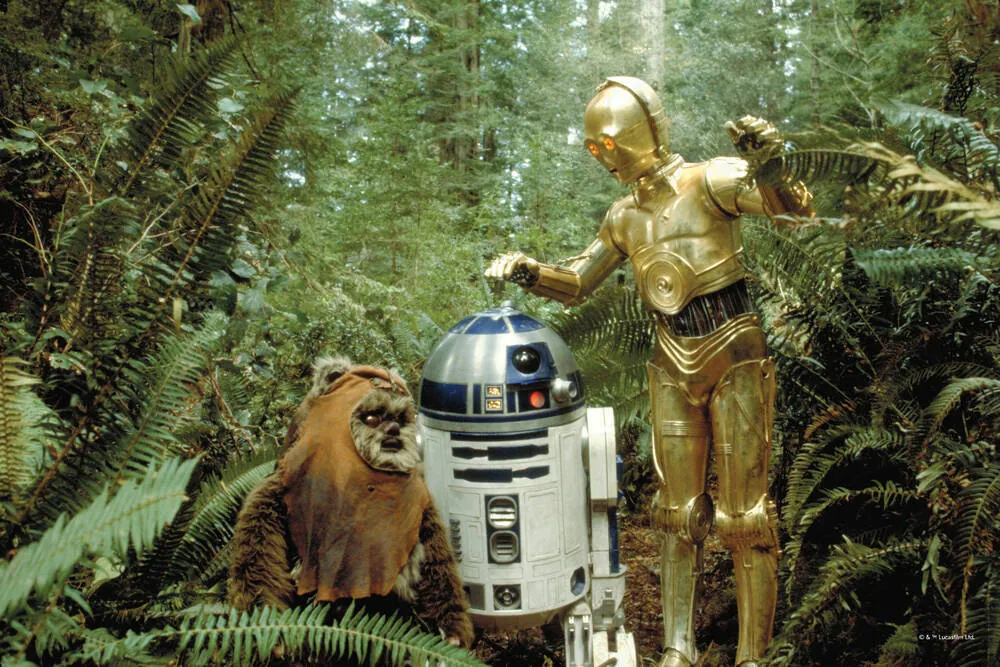Despite joining their destinations inexorably to artificial intelligence robotics goes through a bad media moment. Recurrent as few, the fantasy of a society where the machine and the human Cohabitan is buried by a more invi powerSible, similar to nuclear energy, where hundreds of thousands of algorithms solve all kinds of tasks and make the worker a superman for much more poetic missions (although no one knows what they are).
The newspaper library, however, saves the robot of oblivion, and there is no better file than the culture to evaluate the perception that the artist – and therefore society – has of these gadgets. It could be argued that the balance leans towards pessimism. That is, in effect, the essence of Blade Runnerdirected in 1982 by Ridley Scott and based on the non -homonymous novel of Philip K. Dick (Do Androids dream of electric sheep?). In the plot, replicants are presented as humanoids longing for an emancipation that can only be achieved through destruction.
Very posterior, Ex Machina (Alex Garland, 2014) converts Alicia Vikander in a prisoner eager to evade the master. As in the previous feature film, here the general artificial intelligence (AGI) Campa already eager, giving robotics, in combination with a software to the edge of the impossible, the same or higher intellectual skills that characterize Homo Sapiens. The servant becomes a rival and the usual happens: the law of the strongest is imposed.
More sophisticated, Matrix (Wachoski wool, 1999) dispenses with anthropomorphic costume and gives the machine the absolute control of a virtual world where the oppressed is the human being, a horizon that the most pessimistic warn will arrive with the AGI. Elon Musk himself, today becoming a strange rock star, warned in his best moments of sanity than the AI encloses more destructive potential than the atomic bomb.
The other face of the currency
If the first part of Blade Runner It exposes the struggle of species (the old and the new), the sequel released in 2017 and orchestrated by Denis Villeneuve incorporates a softer element to the synthetic when the protagonist interpreted by Ryan Gosling maintain an almost carnal relationship with a kind of hologram, after all a well dressed. Mullido is also Chappie (2015), manufactured and trained to patrol the streets but stolen and transformed into a being with soul and feelings, a circumstance that causes alarm among the authorities. And even more is Wall-e (2008), scheduled as Barrendero Robot but suddenly subjected to the awakening of love.
… And the strange couple
But if a couple capable of portraying the future as an acceptably cozy place, if a duo contrasts the evil of progress to the well-time progress, is what they form C-3po and R2-D2, two of the most famous characters in The Galaxies War (1977-1983). Like Jack Lemmon and Walter Matthau, here the complementarity that unfolds from the antagonistic: if C-3PO is a remiltered butler, R2-D2 is a plumber protest; If the first is polyglot, it is handled as a lord And he appreciates the decorum, the beeps, squeaks and trees of the second lower the galactic and disruptive thing to the earthly sphere.
Anyway, who looks for a less tremendous reading about IAS and Robotics, can always immerse themselves in Klara and the sun, Kazuo Ishiguro’s novel, located in a world where everything follows at the service of humanity and where humanity, as always, is creator, judge and executioner.
